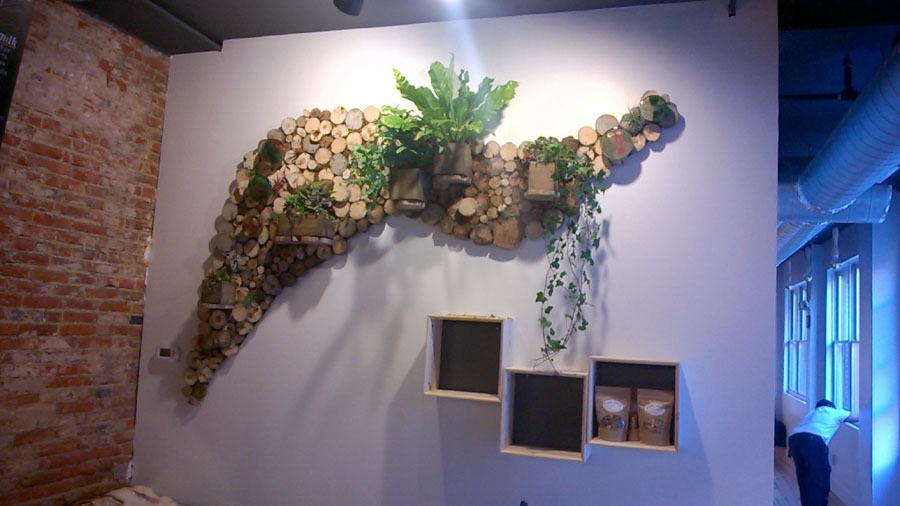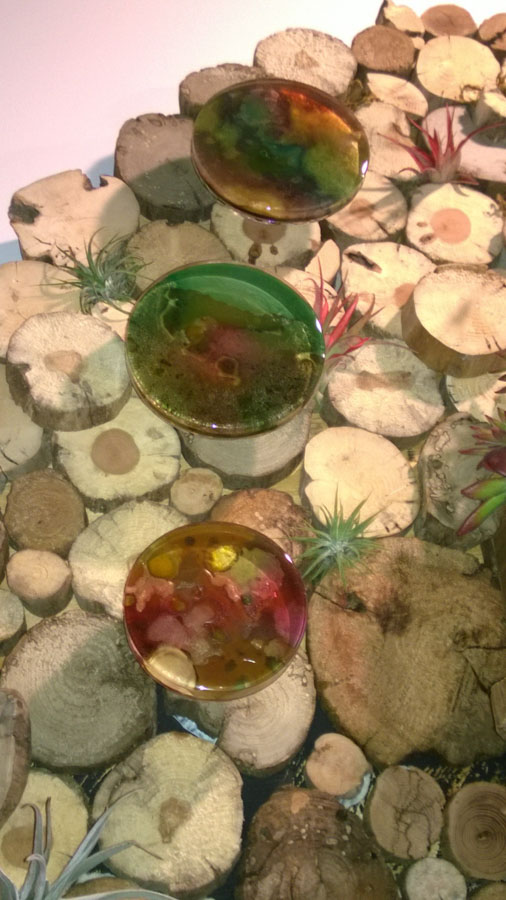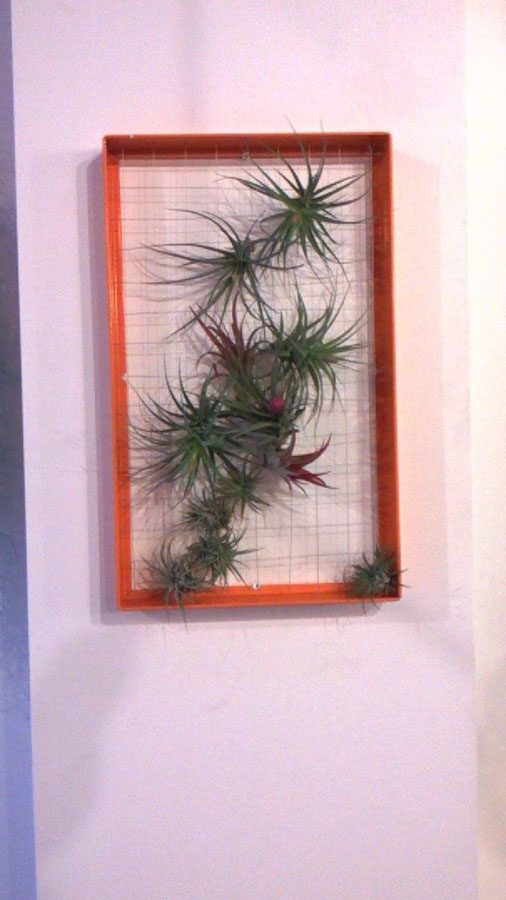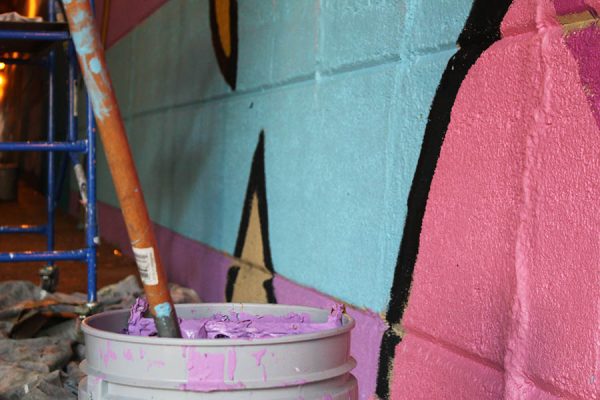The Pros and Cons of a Living Wall from the Garden Gnome
Has anyone ever heard of a living wall? These self-sufficient vertical gardens that are attached to the exterior or interior of a building are one of the fastest growing alternatives to gardening in an urban landscape.
They offer many advantages to small space gardening and create a clutter-free space where conventional methods would take up valuable space in your outdoor living area. I’m here to inform you Riverwards residents about the pros and cons of trying out this amazing way to grow.
Living walls have been around since ancient times. The Hanging Gardens of Babylon, one of the Wonders of the Ancient World, were allegedly built by King Nebuchadnezzar in 600 BC. I remember looking through our family bible as a child, wanting to make our house look like the picture of Samson and Delilah and saying, “I can do that.”
When we bought our house in the neighborhood our yard was so overgrown with vines that I actually “found” my first hanging garden before I could make one of my own. But little did I know, once I cut back the trumpet vine (a wiry bit of foliage that had traveled through every yard on the four streets surrounding my house) it had eaten through my studio walls, costing thousands to fix. I am sure that it was not the intention of my neighbor to plant such an invasive vine, but she did. So a quick word of warning: Do your homework and make sure that if you are trying to get coverage or privacy from your neighbors, you plant the right plant in the right place. You may end up in an episode of the Addams Family where the killer vine takes over your home!
It also important to note that living walls can be applied in different ways: loose media, mat media and structural media. Different application procedures — ranging from felt pockets to plastic containers with flat backs or DIY up-cycled projects using pallets — all work but interact with the plants and the environment differently. Make sure you know what strategy works best before planting and irrigating, so do your homework! Remember that every plant has different needs to grow within the space they occupy; Edibles will be more successful when they have more space to grow, succulents do not require as much soil and put out offshoots that can cover your planter with less effort from you.
The pros of growing vertically are that they give you more growing space in a small area. They can allow you to cover that cinderblock wall that you have hated ever since you moved in. They can also help suppress noise from street. Green walls also give you an opportunity to grow edibles and ornamentals with a burst of greens that will clean the air around them giving you a better life experience.
So how do you keep your DIY pallet thriving and growing? You must consider how you are going to keep it watered — Irrigation is the key to keeping any living wall alive and well. Many living wall products on the market today have irrigation systems built into them that can connect from one planter to another. After teaching many up-cycled pallet workshops I found that installing a soaker hose into the pallet before you add the soil saves you and your plant the stress of not being watered. Start in the center of the pallet and feed the hose around it, creating a bullseye pattern. Make sure that you leave the ends exposed so you can connect to another pallet. Once you hang your living wall, connect all hoses together. This makes watering as easy as turning on the hose.
If you are considering an indoor living wall you need to consider the irrigation before you start to build or buy containers. Extra water is not your friend and having water stains running down your walls won’t be fun. Whether you are making or buying anything, make sure that the wall you’d like to grow on is waterproof before installing.
Again, gardening in a limited soil space is challenging for you and the plants. Keeping soil in tact on a vertical living system looks easy on social media, but in all actuality sweeping up the daily soil that falls out because your plants are growing and becoming root-bound is a labor of love. You will be continually replacing plants that have either died from lack of water or have roots that have taken up all the growing space within the structure. If you are going to partake in this venture, succulent or air plants are the way to go. It’s a messy challenge growing method, but once you get it, the process becomes second nature.
Greensgrow has recently installed a green wall in a cold pressed juice bar in Old City, which evolved into more of an organic interpretation of a living wall. It’s pictures of that wall that are accompanying this article.
The concept can be whatever you imagine; a living wall does not need to have every inch planted to make it a living wall. Work within your comfort zone, start small and grow, your success will bring you much joy and not tap into your 401k.









